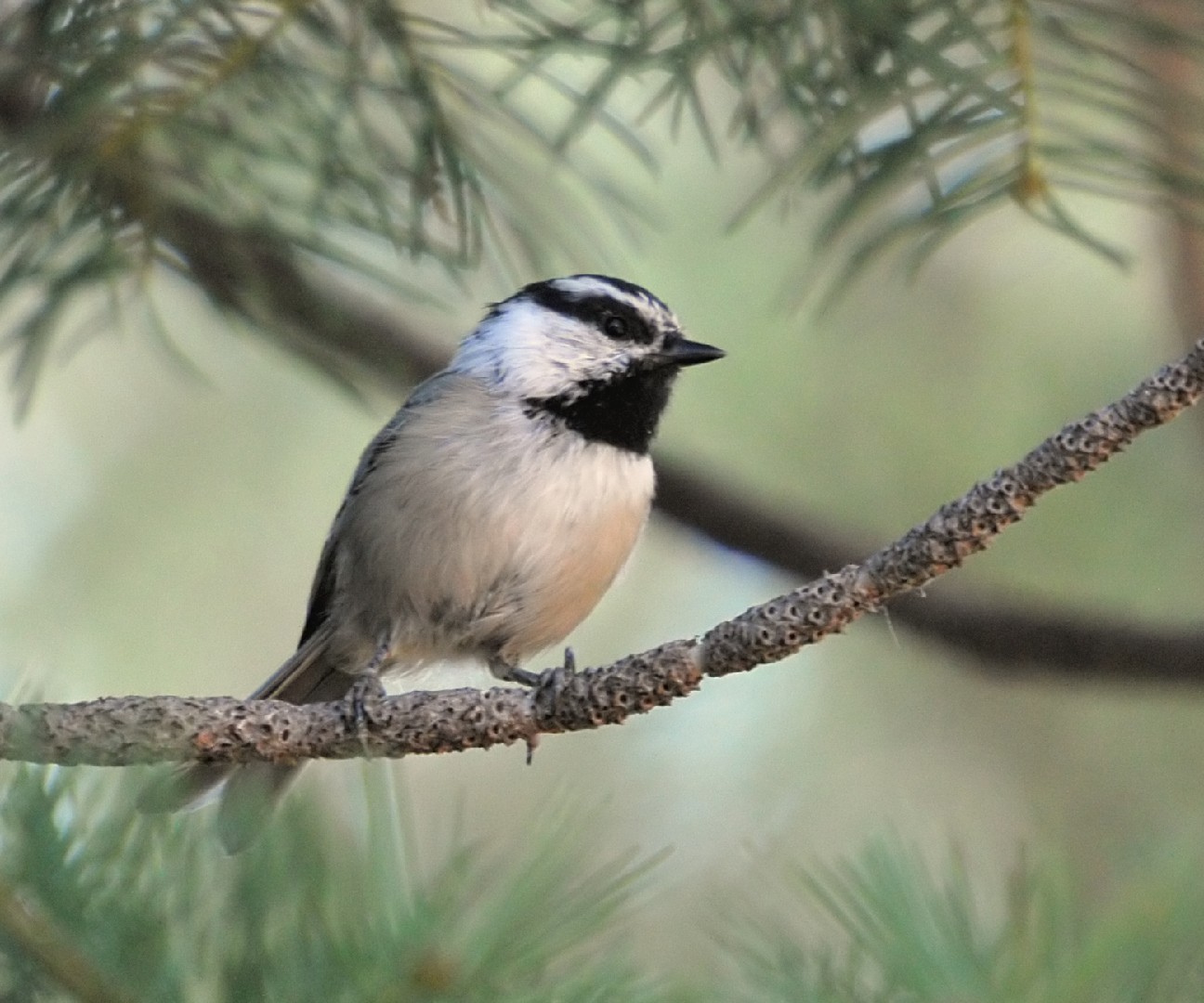Mountain Chickadee
A species of Chickadees and allies Scientific name : Poecile gambeli Genus : Chickadees and allies
Mountain Chickadee, A species of Chickadees and allies
Botanical name: Poecile gambeli
Genus: Chickadees and allies
Content
Description People often ask General Info
Description
The mountain Chickadee is a flocking bird found in mountainous regions with dense evergreen coverage. These birds have an interesting feeding behavior where they hang upside-down on branches to find seeds and insects. They can survive on just ten calories per day so they often store excess seeds for later. They have a very distinct "chick-a-dee" call which gives them their name.
Size
13-15 cm (5-6 in)
Colors
Black
Gray
White
Life Expectancy
10.1 years
Nest Placement
Cavity
Clutch Size
5 - 9 eggs
Incubation Period
1 - 2 broods
Number of Broods
12 - 15 days
Nestling Period
17 - 23 days
Feeding Habits
Mountain Chickadee's diet consists of insects like beetles, caterpillars, aphids, and wasp larvae in summer, with a shift to seeds and nuts, especially from montane pines, in colder months. Mountain Chickadee forages at bird feeders throughout the year, also consuming berries as part of their varied diet.
Habitat
Mountain Chickadee primarily inhabits mountainous coniferous forests, frequently found amid pine, mixed conifer, spruce-fir, and pinyon-juniper woodlands. Favoring higher altitudes during breeding seasons, they are adept at adjusting to the cooler climates linked with mountainous environments. In winter, mountain Chickadee descends to lower elevations, broadening its range to more accessible regions. Although predominantly reliant on coniferous trees, mountain Chickadee sometimes nests in aspen groves where the softer wood is suitable for excavating nest cavities.
Nest Behavior
Females of mountain Chickadee prepare the nest, gathering fur for construction. Nest building coincides with the availability of suitable sites and occurs in spring. Egg-laying patterns include a clutch of eggs that the female incubates, with both parents later providing care for the hatchlings.
Nest Characteristics
Mountain Chickadee typically nest in pre-existing cavities, such as those carved by woodpeckers or found in natural crevices, and may use nest boxes or root-covered ground spots. Female mountain Chickadee line nests with fur, forming a cup shape, and create a unique fur cap to cover eggs when absent. They fill large cavities with insulating material.
Dite type
Insectivorous
People often ask
General Info
Feeding Habits
Bird food type

Black Oil Sunflower Seeds

Hulled Sunflower Seeds

Safflower
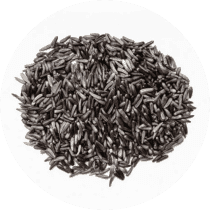
Nyjer

Suet
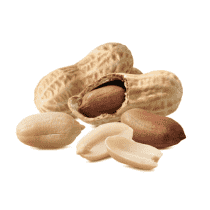
Peanuts
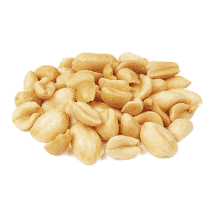
Peanut Hearts

Mealworms
Bird Feeder Type
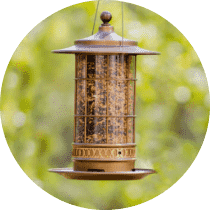
Large Tube Feeder

Small Tube Feeder
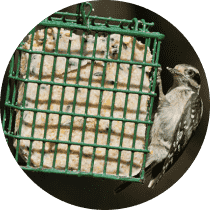
Suet Cage

Large Hopper

Small Hopper

Platform
Sounds
Call
Recording location: United States
Call
Recording location: United States
Song
Recording location: United States
Behavior
The mountain Chickadee exhibits agility in its foraging habits, nimbly searching through foliage for insects and seeds, often in mixed-species groups. During late summer, mountain Chickadee form larger cohorts, including juveniles who amalgamate with adult flocks for overwintering. By late winter, they exhibit a notable behavior of scouting for nesting sites as pairs disband from the flock. Hierarchical dynamics are evident at feeders, with a pronounced pecking order—males typically dominate, although this shifts during breeding season. Unique to mountain Chickadee is their method of coping with chilly temperatures; they 'sunbathe' in sheltered spots to garner warmth. Even in harsh winters, they typically roost solo, finding refuge in foliage or under tree bark.
Species Status
Not globally threatened.
Scientific Classification
Phylum
Chordates Class
Birds Order
Perching birds Family
Tits Genus
Chickadees and allies Species
Mountain Chickadee 